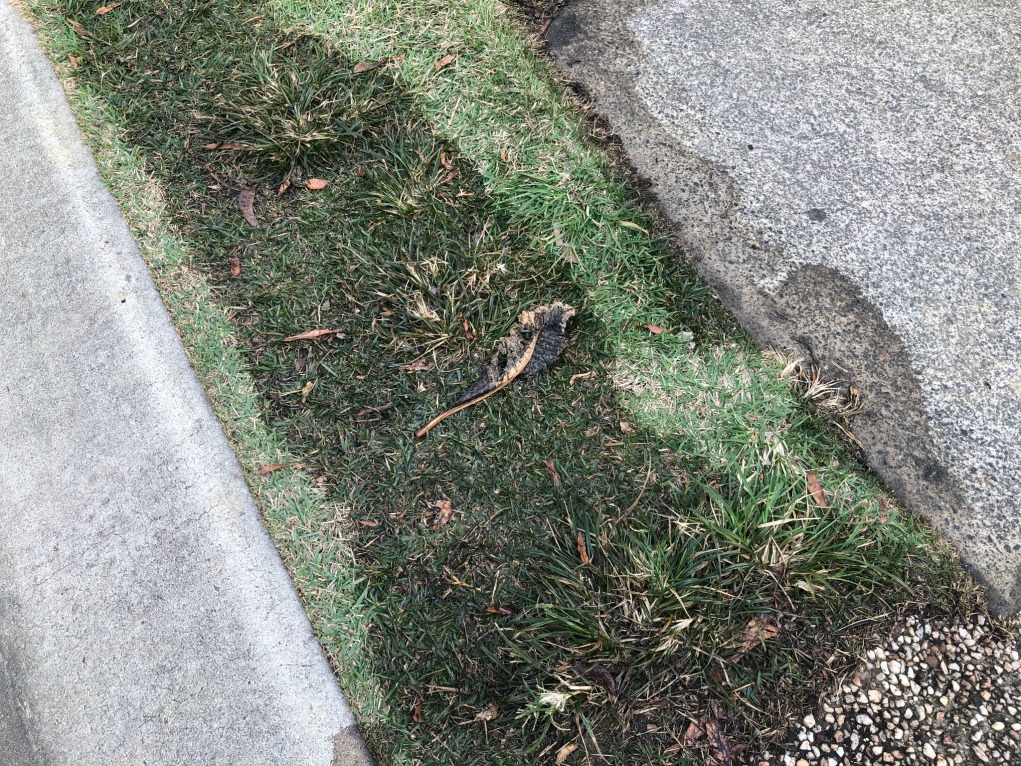Listed here in the next paragraph you will find additional quality tips all about Hacks to detect leaks.

Early discovery of leaking water lines can minimize a prospective calamity. Some tiny water leaks might not be noticeable.
1. Analyze the Water Meter
Every residence has a water meter. Checking it is a proven way that aids you discover leakages. For starters, switch off all the water resources. Guarantee nobody will certainly purge, make use of the faucet, shower, run the washing device or dishwashing machine. From there, most likely to the meter as well as watch if it will certainly transform. Given that no person is utilizing it, there must be no motions. If it moves, that suggests a fast-moving leak. If you find no modifications, wait an hour or 2 as well as check back once more. This implies you may have a slow leakage that can also be underground.
2. Check Water Usage
Assess your water expenses and also track your water intake. As the one paying it, you ought to observe if there are any kind of discrepancies. If you find sudden changes, in spite of your consumption being the same, it implies that you have leakages in your plumbing system. Bear in mind, your water bill ought to fall under the exact same variety every month. A sudden spike in your bill indicates a fast-moving leak.
A constant boost every month, also with the exact same behaviors, shows you have a slow leakage that's also slowly rising. Call a plumber to thoroughly check your property, particularly if you feel a warm area on your floor with piping below.
3. Do a Food Coloring Examination
30% comes from commodes when it comes to water usage. Examination to see if they are running appropriately. Decrease specks of food shade in the storage tank and wait 10 mins. If the color in some way infiltrates your dish during that time without flushing, there's a leakage between the tank as well as bowl.
4. Asses Outside Lines
Do not forget to check your exterior water lines as well. Must water seep out of the link, you have a loose rubber gasket. One tiny leakage can waste bunches of water and also surge your water bill.
5. Evaluate as well as Assess the Circumstance
Homeowners must make it a habit to inspect under the sink counters and also even inside cupboards for any type of bad odor or mold and mildew growth. These 2 red flags indicate a leakage so punctual focus is required. Doing routine evaluations, even bi-annually, can save you from a significant problem.
Check for stainings and also deteriorating as a lot of appliances and pipelines have a life expectancy. If you believe dripping water lines in your plumbing system, don't wait for it to rise.
Early detection of leaking water lines can alleviate a prospective catastrophe. Some little water leakages might not be noticeable. Examining it is a proven means that aids you discover leaks. One tiny leakage can throw away loads of water and spike your water costs.
If you believe dripping water lines in your plumbing system, do not wait for it to rise.
WARNING SIGNS OF WATER LEAKAGE BEHIND THE WALL
PERSISTENT MUSTY ODORS
As water slowly drips from a leaky pipe inside the wall, flooring and sheetrock stay damp and develop an odor similar to wet cardboard. It generates a musty smell that can help you find hidden leaks.
MOLD IN UNUSUAL AREAS
Mold usually grows in wet areas like kitchens, baths and laundry rooms. If you spot the stuff on walls or baseboards in other rooms of the house, it’s a good indicator of undetected water leaks.
STAINS THAT GROW
When mold thrives around a leaky pipe, it sometimes takes hold on the inside surface of the affected wall. A growing stain on otherwise clean sheetrock is often your sign of a hidden plumbing problem.
PEELING OR BUBBLING WALLPAPER / PAINT
This clue is easy to miss in rooms that don’t get much use. When you see wallpaper separating along seams or paint bubbling or flaking off the wall, blame sheetrock that stays wet because of an undetected leak.
BUCKLED CEILINGS AND STAINED FLOORS
If ceilings or floors in bathrooms, kitchens or laundry areas develop structural problems, don’t rule out constant damp inside the walls. Wet sheetrock can affect adjacent framing, flooring and ceilings.
https://www.servicemasterbyzaba.com/blog/how-to-detect-water-leakage-in-walls/

As an avid reader on Detecting hidden plumbing leaks, I thought sharing that section was really useful. Are you aware of someone else who is interested by the subject? Why not promote it. Thanks so much for going through it.